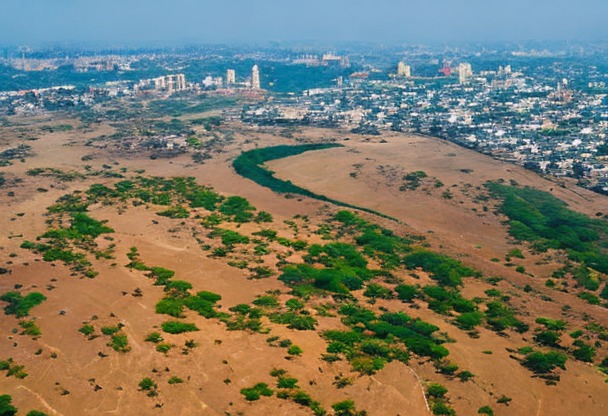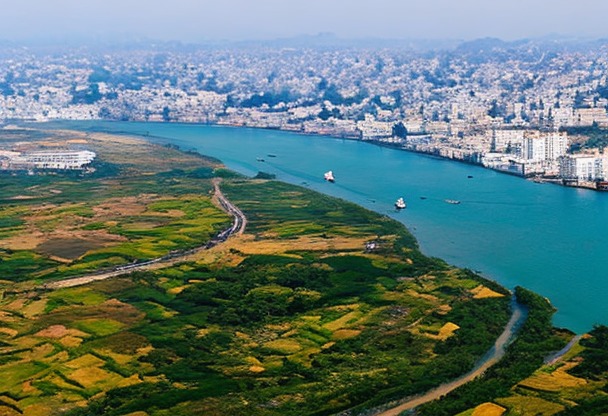Best time to travel to India
Choosing the right time for your trip to India can make all the difference. It's important to consider climatic elements, seasonal events and peak tourist periods to maximize your travel experience.

Location
Climate
Seasons in India: climate and regional particularities
The climate in India varies greatly according to region and season. There are 3 main seasons:- Summer (March to June) Summer: this period is generally hot and dry, with temperatures reaching up to 45°C in some areas. However, in some cities such as Mumbai and Kolkata, humidity is also very high.
- Monsoon (July to September) The Indian summer: India is hit by heavy rains, which can cause flooding and make some roads impassable. The country's west coast and parts of the northeast are particularly hard hit.
- Winter (October to February) Summer: the climate is milder and drier, with temperatures ranging from 10 to 30°C. This period is ideal for visiting northern India, especially the Himalayan regions.
- Rajasthan, Uttar Pradesh, Madhya Pradesh These regions are pleasant to visit in winter, when the climate is mild and dry.
- Kerala, Tamil Nadu, Karnataka (South India) The climate in these states is rather tropical, with warm temperatures all year round. The best time to visit is between November and February.
- Himalayan mountains (Jammu and Kashmir, Himachal Pradesh, Uttarakhand) The best time to visit is from May to September, to avoid the heavy snowfalls of winter.
Major cultural events in India: must-sees
India is a country rich in cultural and spiritual events that are well worth a visit. Here are just a few of the major events to attend:Holi, the festival of colors
Usually celebrated in March, this Hindu festival marks the end of winter and the beginning of spring. Participants throw colored powder and water at each other in a festive, convivial atmosphere. Holi is particularly popular in northern India.Diwali, the festival of lights
This major event, which takes place between October and November, is celebrated all over the country. It symbolizes the victory of light over darkness. During this period, the streets are illuminated with garlands and candles, and numerous fireworks are set off.Pongal, the rice harvest
The Pongal festival is celebrated in January in southern India, particularly in Tamil Nadu, to mark the end of the harvest. Participants prepare a sweet dish made from newly harvested rice and offer thanks to deities and sacred animals.Public holidays in India: what to bear in mind when planning your trip
When planning your trip to India, it's important to consider national and regional public holidays, which may result in the closure of certain tourist sites or changes to transport schedules. Here are some important public holidays:- Republic Day (January 26) The commemoration of the Indian Constitution, with military parades and celebrations across the country.
- Independence Day (August 15) India: celebration of India's independence from the United Kingdom in 1947, with official speeches and patriotic demonstrations.
- Gandhi Jayanti (October 2) Mahatma Gandhi's birthday: anniversary of the birth of Mahatma Gandhi, an emblematic figure in India's struggle for independence. This day is generally marked by prayers and tributes to his memory.
Low and high tourist season in India
Tourist numbers also vary according to the time of year:- Low season (April to September) Summer: this period corresponds to summer and the monsoon season in India. High temperatures and heavy rainfall can make certain regions less accessible. However, this can be an opportunity to take advantage of low rates on accommodation and transport.
- High season (October to March) Winter: winter is generally the most popular season for travelers, due to the pleasant weather conditions in most parts of the country. However, expect higher prices and more tourists at popular sites.
Insurance
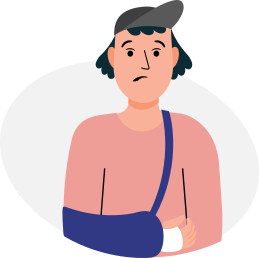
Your credit card does not cover you in all situations, that is whyIt is essential to take out insurance before you leave to avoid any unpleasant surprises. If you need to see a doctor or be hospitalized, in some countries, medical costs are very high and you will then find yourself having to pay several thousand euros.
Our partner Chapka Insurance proposes the contract CAP ASSISTANCE 24/24 with many essential guarantees.
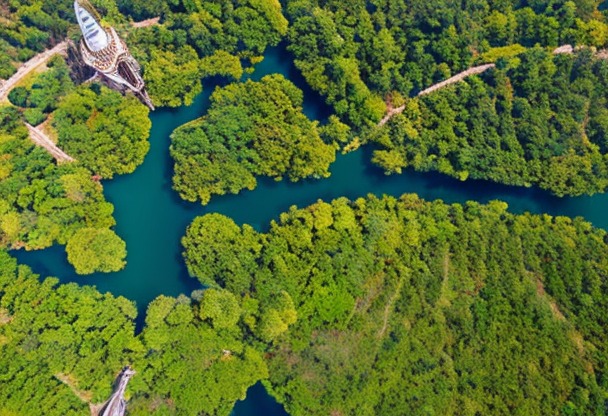
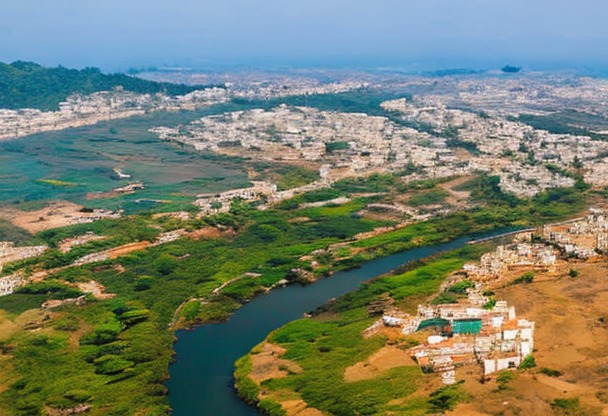
Flights

Your flight has been cancelled or delayed ?
You may be eligible for a compensation of up to €600 ! For this, lawyers are responsible for handling your claim with the airline and are only paid when the reimbursement is effective.
In conclusion, no financial risk for you, only advantages!
Immigration figures for India
India is a country that has undergone many demographic changes over the years, not least because of its key role in the global economy and its strategic geographical location. In 2020, India was home to over 31 million foreignersThe majority were migrant workers.Downward trend in the number of Indian passports
Interestingly, the number of passports issued by the Indian authorities has been falling in recent years. According to data published by the Indian government, around 12.8 million passports issued in 2019compared with 14.2 million in 2017. This decrease can be attributed to various factors, such as visa restrictions imposed by other countries and the rising cost of international travel for Indian citizens.The most popular visas in India
There are several types of visa for entering and staying in India, each tailored to specific needs. The most common visa categories in demand in India are :- Tourist visas for travelers who want to discover the country and its cultural riches for a limited time.
- Business visas for people wishing to conduct business activities in India, such as attending conferences or professional meetings.
- Student visas for international students wishing to continue their studies at an Indian institution.
- Work visas for qualified professionals who have been hired by an Indian company or an international organization based in India.
Electronic visas: a simplified solution
To make it easier for travelers to enter India, in 2014 the government introduced the electronic visa (e-Visa). This system enables nationals of over 160 countries to apply for a visa online, without having to visit an Indian embassy or consulate. e-Visas are available for short-term tourist, business and medical travel. Thanks to this measure, the number of e-Visa applications has increased considerably over the years. In 2019, over 2.8 million e-Visas issuedThis represents an increase of 25% over the previous year.International tourism in India: key figures
India is a popular destination for travelers from all over the world, drawn by its cultural diversity, breathtaking scenery and historical heritage. Here are some key figures on international tourism to India:- 10.93 million international tourists visited India in 2019, up 3.5 % on 2018.
- The United States Bangladeshthe United Kingdom, the Canada and China are the top five countries of origin for international tourists to India.
- The most popular months to visit India are January, February and December, due to the pleasant climate during these periods.
- The most popular tourist destinations in India are the Taj Mahal, Jaipur, Delhi, Mumbai and Goa.
The role of medical tourism in India
In recent years, India has also become a popular destination for medical tourism, thanks to the quality of care on offer at competitive prices. Every year, the country welcomes thousands of patients from all over the world for specialized medical treatments, such as heart surgery, organ transplants or fertility treatments. In 2019, over 690,000 medical tourists visited India, a significant increase on previous years.